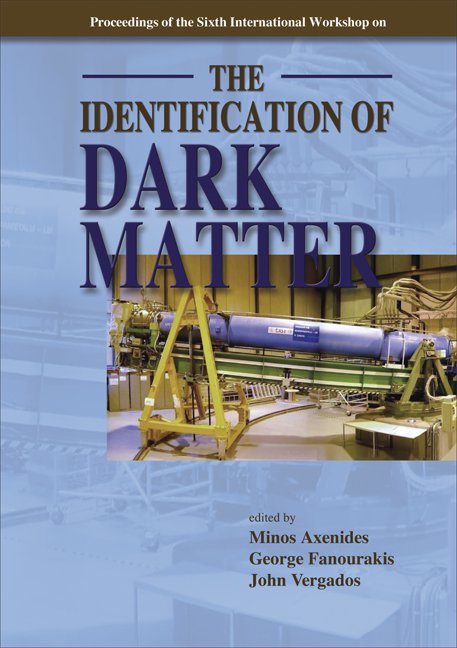XENON
The XENON experiment aims at the direct detection of dark matter in the form of Weakly Interacting Massive Particles (WIMPs) via their elastic scattering off Xe nuclei. The final detector will have a fiducial mass of 1000 kg, distributed in 10 independent liquid xenon time projection chambers (TPCs). Such an experiment will be able to probe the lowest interaction cross-section predicted by SUSY models. The TPCs are operated in dual (liquid/gas) phase, to allow a measurement of nuclear recoils down to < 10 keV energy, via simultaneous detection of the ionization, through secondary scintillation in the gas, and primary scintillation in the liquid. The distinct ratio of primary to secondary scintillation for nuclear recoils from WIMPs (or neutrons), and for electron recoils from background, is used for the event-by-event discrimination. As part of the R&D phase, we built a first XENON module (XENON10) with 15 kg fiducial mass and installed it underground, at the Laboratori Nazionali del Gran Sasso (LNGS), on March 2006. XENON10 has accumulated an exposure of more than 30 live days, operating with quite stable condition. A preliminary analysis of the background data is presented here.



